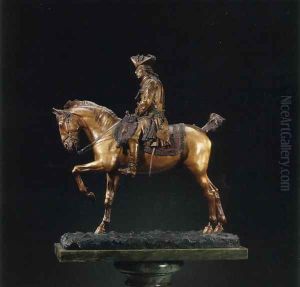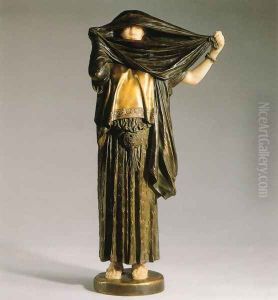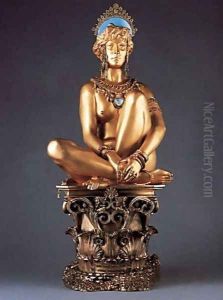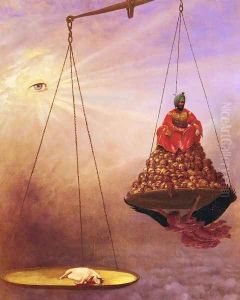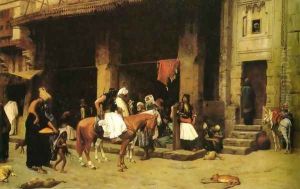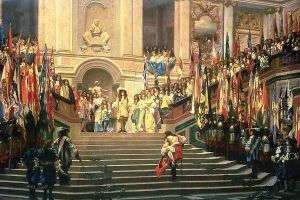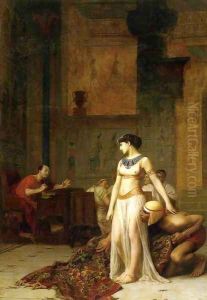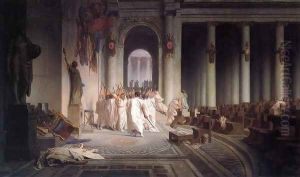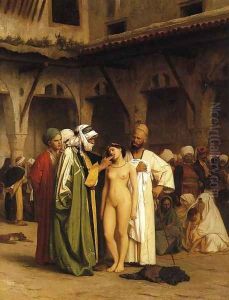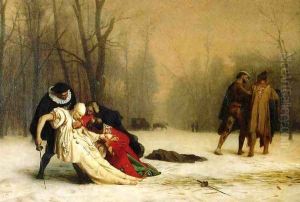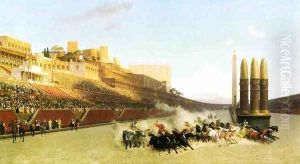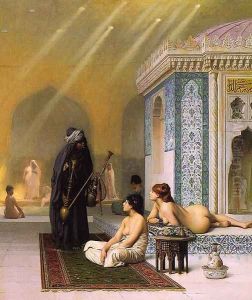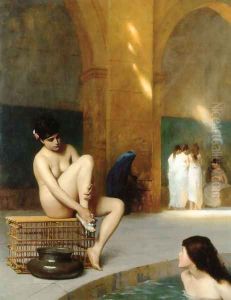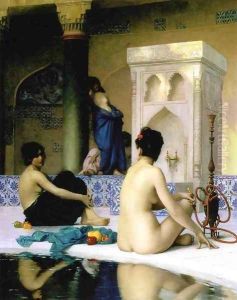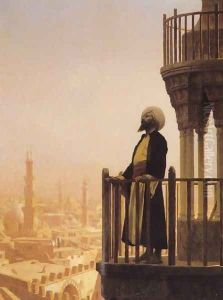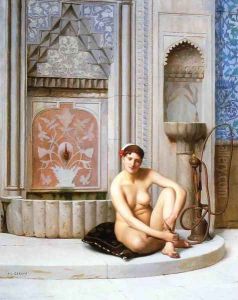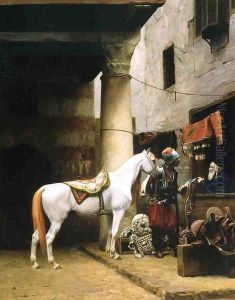Jean-Leon Gerome Paintings
Jean-Léon Gérôme was a prominent French painter and sculptor who is most closely associated with the Academicism art movement, which sought to preserve the standards of classical art and resist the influences of emerging movements such as Impressionism during the latter half of the 19th century. Gérôme was born on May 11, 1824, in Vesoul, Haute-Saône, France. He showed a strong inclination toward art from an early age and initially studied under Paul Delaroche, a French historical painter, whom he accompanied to Italy in 1844 to further his studies in classical and Renaissance art.
In Italy, Gérôme developed a profound appreciation for the grandeur of ancient Rome and the Renaissance masters, which would greatly influence his artistic style. He returned to Paris and entered the prestigious École des Beaux-Arts in 1846. His early work, 'The Cockfight' (1846), won him a third-class medal and marked the start of his successful career. Gérôme meticulously crafted historical scenes, often with an Orientalist perspective, reflecting the 19th-century European fascination with Middle Eastern and North African cultures. His paintings were characterized by their fine detail, academic precision, and polished finish.
Gérôme's career flourished during the Second Empire under Napoleon III, where he received numerous commissions and honors. He became a favorite among the academic circles and the French state, which appreciated his traditionalist approach. Some of his notable works from this period include 'The Age of Augustus, the Birth of Christ' (1855), which won him a first-class medal, and 'The Execution of Marshal Ney' (1868), which reflected his interest in dramatic historical events.
In addition to painting, Gérôme took up sculpture later in his life, producing works that continued to reflect his academic style and fascination with historical and mythological subjects. His sculpture 'Tanagra' (1890) is an example of his work in this medium, exhibiting the same precision and detail found in his paintings.
Gérôme was also a respected teacher at the École des Beaux-Arts, influencing a generation of artists. He was a vocal opponent of the Impressionists, whose loose brushwork and emphasis on modern life he disdained. Gérôme's adherence to classical techniques and subjects became unfashionable towards the end of his life, as the art world shifted towards modernism.
Despite the decline in his popularity, Gérôme continued to work until his death on January 10, 1904, in Paris. His legacy is complex; while some critics view his work as overly academic and lacking in innovation, others appreciate his technical skill and contribution to 19th-century art. Today, Gérôme's works can be found in major museums around the world, where they continue to be studied and appreciated for their historical value and craftsmanship.
